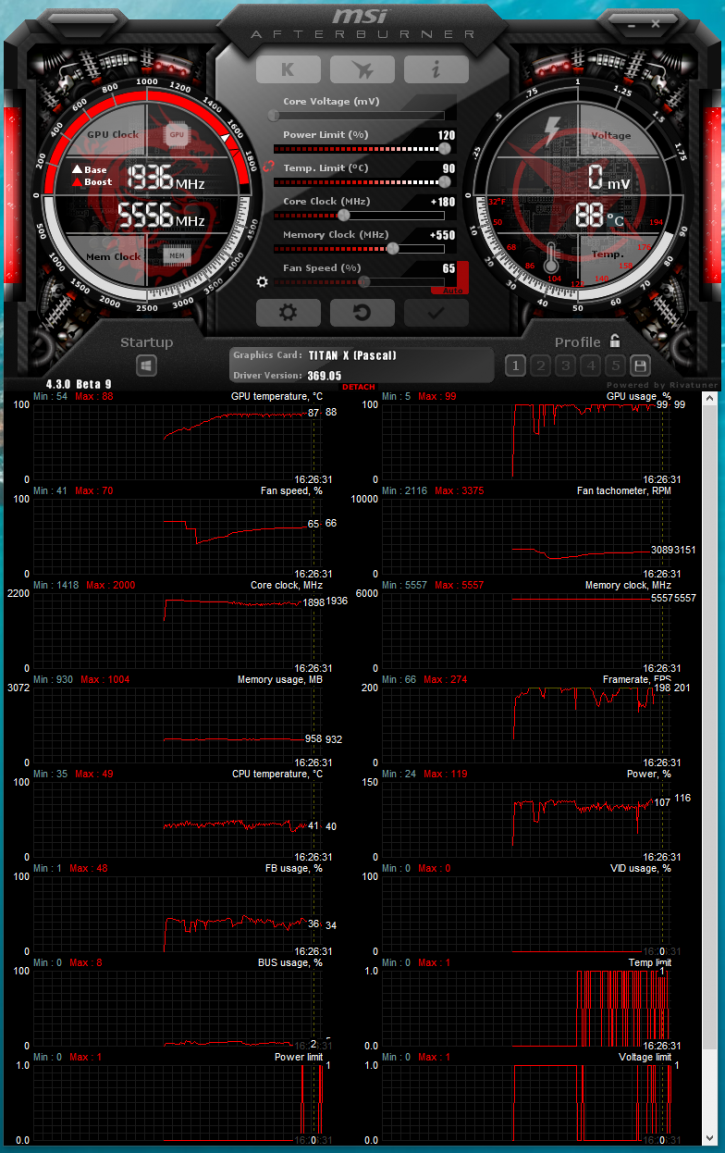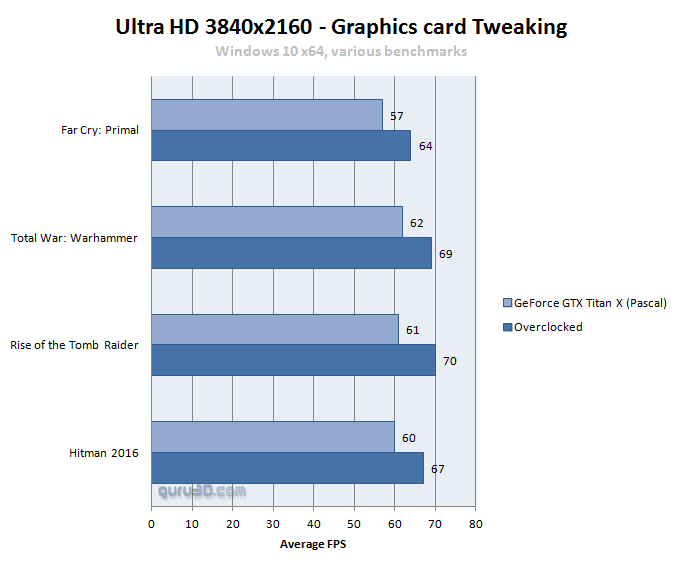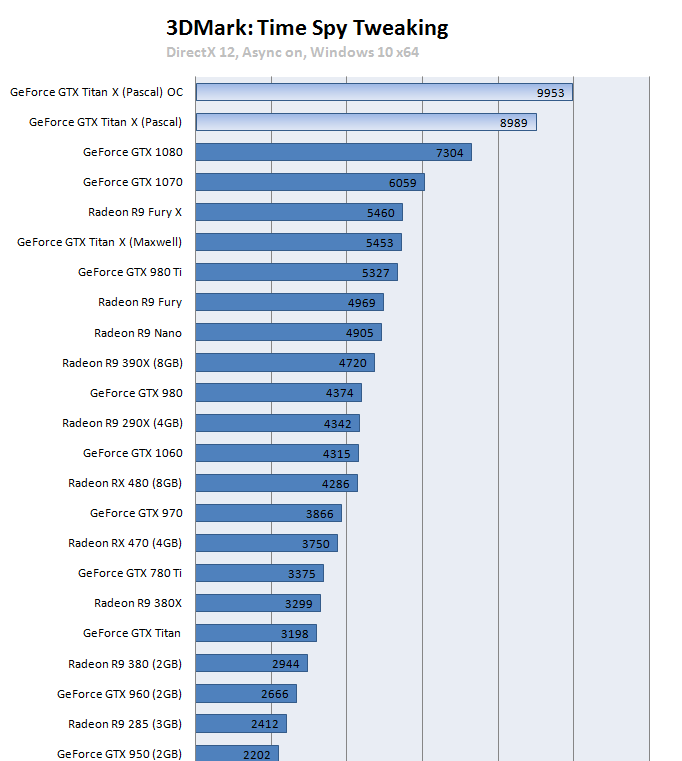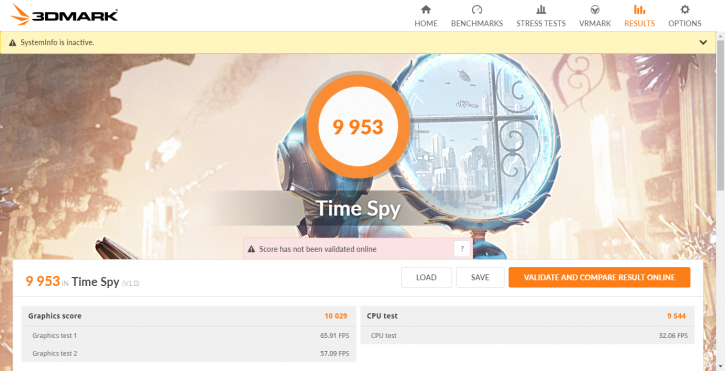Overclocking The Graphics Card
Overclocking The Graphics Card
Traditional overclocking - As most of you know, with most video cards you can apply a simple series of tricks to boost the overall performance a little. Typically you can tweak on core clock frequencies and voltages. By increasing the frequency of the videocard's memory and GPU, we can make the videocard increase its clock cycles per second.
Use any tweaking utility of your preference of course. We use AB, AfterBurner is in a new Beta stage development and voltage control is still pending. However, even without it you'll reach the 1950 MHz marker. The memory on our sample was insanely tweakable as we reached 11.1 GHz.
Our applied tweak:
- Core Voltage : N/A
- Power Limit : 120%
- Temp. limit : 87C
- Core Clock : + 180
- Memory Clock : +550 MHz (=11.1 GHz effective data-rate)
Once overclocked keep this in mind: Due to the dynamic nature of the boost clock, your frequency is not fixed. Limiters and monitors, temperature, load, power and voltages will continuously alter a maximum clock state. The biggest limiter for the Nvidia Titan X would be temperature, once we increased that limiter to 90 Degrees C, the boost clock would go up fast (but at the cost of noise of course). The card is begging to be liquid cooled alright :)





